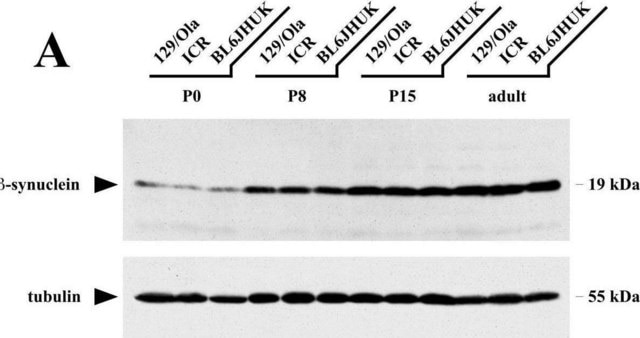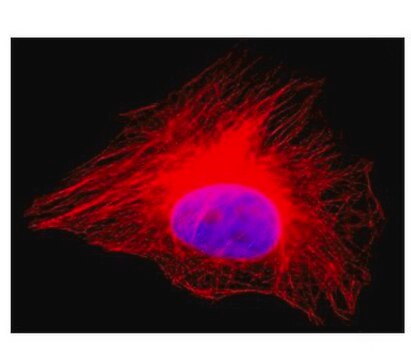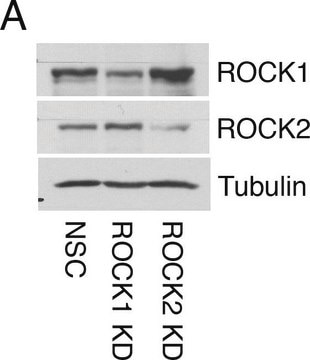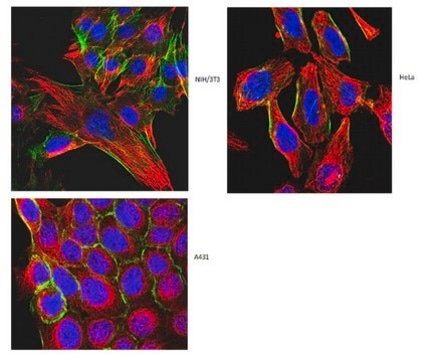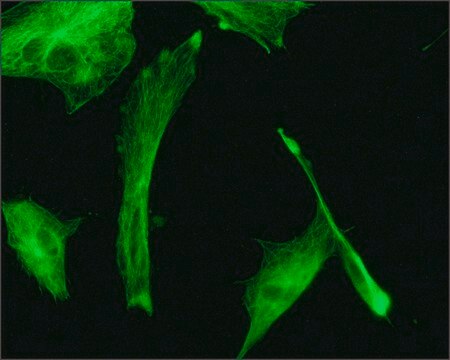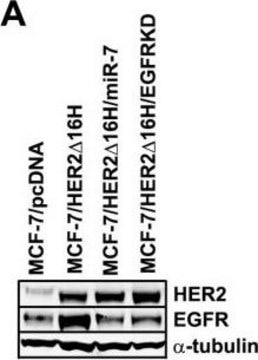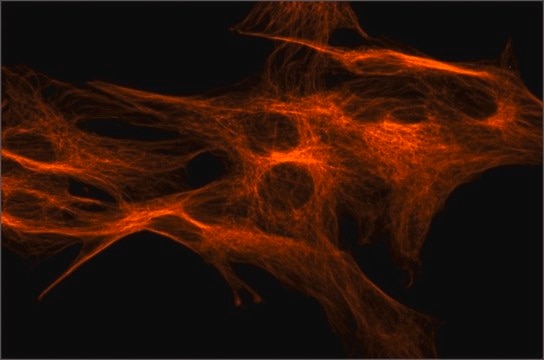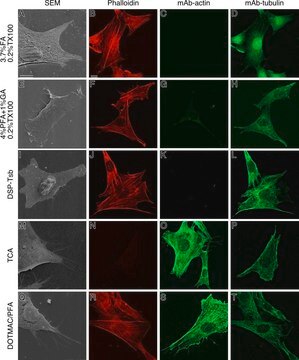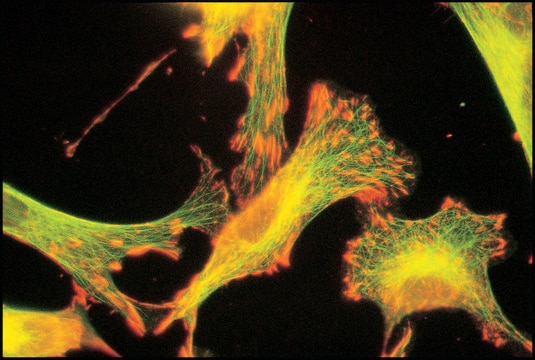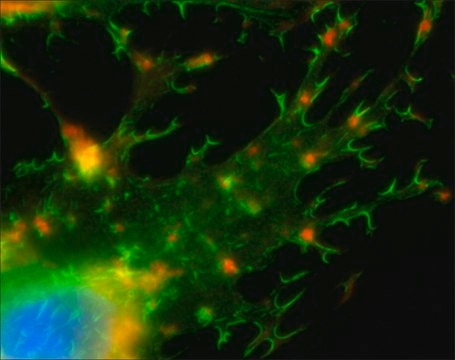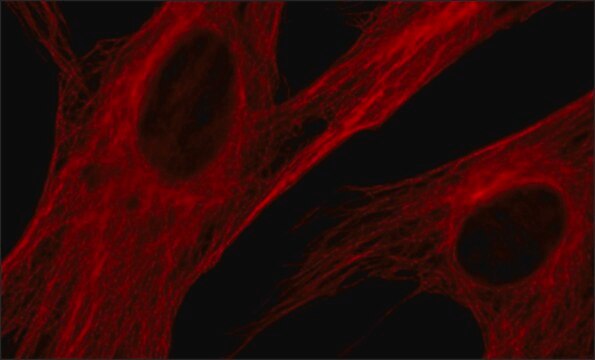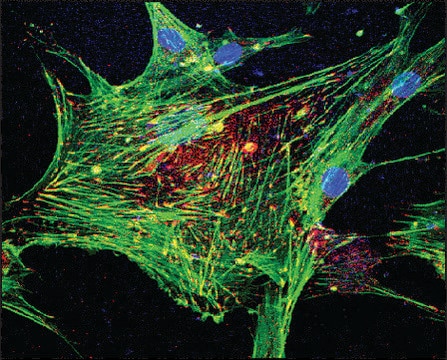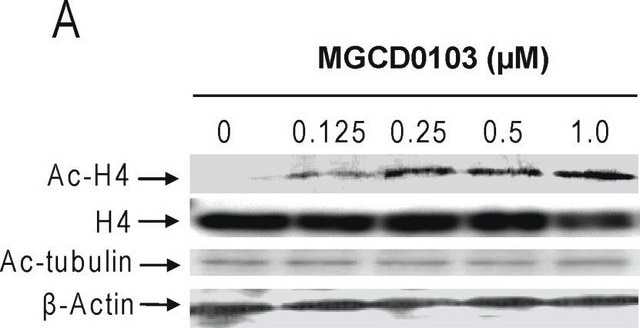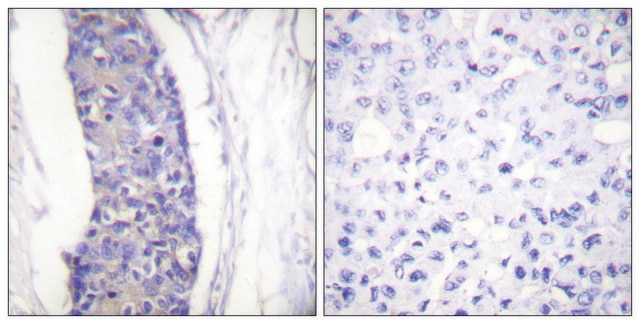F2168
Anti-α-Tubulin−FITC antibody, Mouse monoclonal
clone DM1A, purified from hybridoma cell culture
Synonym(s):
Monoclonal Anti-α-Tubulin
About This Item
Recommended Products
biological source
mouse
Quality Level
conjugate
FITC conjugate
antibody form
purified immunoglobulin
antibody product type
primary antibodies
clone
DM1A, monoclonal
form
buffered aqueous solution
mol wt
antigen ~50 kDa
species reactivity
yeast, mouse, amphibian, human, rat, chicken, fungi, bovine
storage condition
protect from light
technique(s)
direct immunofluorescence: 1:50 using cultured BHK cells
isotype
IgG1
UniProt accession no.
application(s)
research pathology
shipped in
dry ice
storage temp.
−20°C
target post-translational modification
unmodified
Gene Information
human ... TUBA4A(7277)
mouse ... Tuba1a(22142)
rat ... Tuba1a(64158)
Looking for similar products? Visit Product Comparison Guide
General description
Monoclonal Anti-α-Tubulin (mouse IgG1 isotype) is derived from the DM1A hybridoma produced by the fusion of mouse myeloma cells and splenocytes from immunized BALB/c mice. Purified chick brain microtubules were used as immunogen. The isotype is determined by a double diffusion immunoassay using Mouse Monoclonal Antibody Isotyping Reagents, Product Number ISO2. The product is Protein A purified Monoclonal Anti-α-Tubulin antibody conjugated to fluorescein isothiocyanate, isomer I. It is purified by gel filtration and contains no detectable free FITC.
Specificity
Immunogen
Application
- respiratory epithelium tissue in a study to determine the tubulin expression in the mice cilia
- breast cancer tissue sections to study the effect of LMO4 on the centrosome amplification and mitotic spindle abnormalities
- spindle and chromosomes of oocytes
- detection of tubulin by immunofluorescence and confocal microscopy in lung carcinoma cell.
- immunofluorescent staining of microtubules in human embryos and mitotic spindles from spleen lymphoblast.
Biochem/physiol Actions
Physical form
Storage and Stability
Disclaimer
Still not finding the right product?
Give our Product Selector Tool a try.
Storage Class
12 - Non Combustible Liquids
wgk_germany
nwg
flash_point_f
Not applicable
flash_point_c
Not applicable
Certificates of Analysis (COA)
Search for Certificates of Analysis (COA) by entering the products Lot/Batch Number. Lot and Batch Numbers can be found on a product’s label following the words ‘Lot’ or ‘Batch’.
Already Own This Product?
Find documentation for the products that you have recently purchased in the Document Library.
Customers Also Viewed
Articles
Microtubules of the eukaryotic cytoskeleton are composed of a heterodimer of α- and β-tubulin. In addition to α-and β-tubulin, several other tubulins have been identified, bringing the number of distinct tubulin classes to seven.
Our team of scientists has experience in all areas of research including Life Science, Material Science, Chemical Synthesis, Chromatography, Analytical and many others.
Contact Technical Service